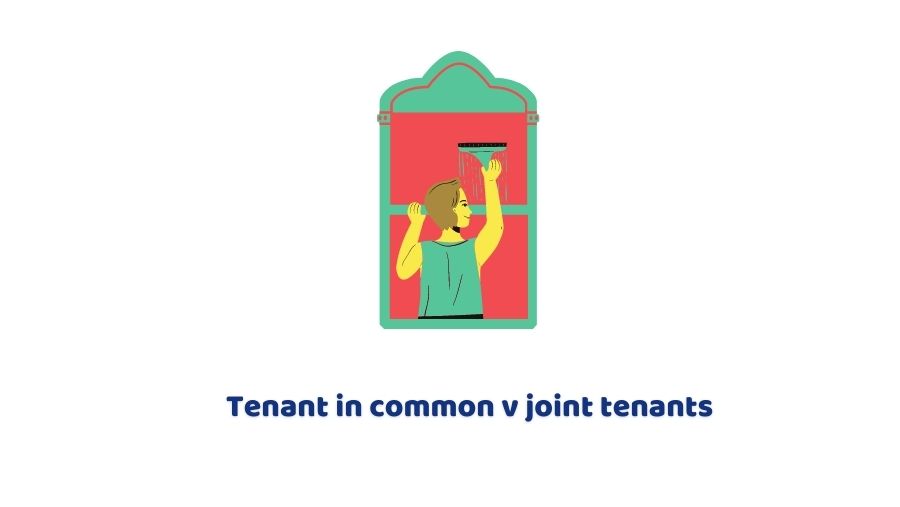Under English law, there are two ways in which property can be owned jointly – as tenants in common or as joint tenants. The way in which the property is owned can have tax implications.
Tenants in common
Where a property is purchased as tenants in common, each owner owns a specified share of the property. There is no requirement that the ownership shares are equal. Each person’s share will normally reflect their contribution to the purchase price of the property. As tenants in common own a specified share of a property, they can sell their share independently. On death, their share passes to their estate to be distributed in accordance with the terms of their will.
Where property is owned jointly by unrelated persons, it is often owned as tenants in common. However, it may also be beneficial for married couples and civil partners to hold property in this way, particularly if the property is let.
Joint tenants
Where a property is owned as joint tenants, the owners together own all of the property equally. Any transfer of ownership needs to be signed by all parties, and as all parties have an equal interest in the property. Any sale proceeds are split equally. Under the survivorship rules, should one joint tenant die, the property passes automatically to the surviving tenant(s), and becomes wholly owned by them?
Tax considerations
If the property is let out, the income split for tax purposes depends on whether the joint owners are married or in a civil partnership or not. Where they are not, the income is usually split in accordance with their underlying shares, but the joint owners have the option to agree any income split among themselves.
However, where the property is owned by spouses or civil partners, each is taxed on 50% of the income, regardless of how it is owned. If this is not beneficial and the property is owned as tenants in common in unequal shares, the couple can make an election on form 17 for the income to be taxed in accordance with their actual ownership shares. These can be changed by taking advantage of the no gain/no loss capital gains tax rules to effect a more beneficial income split. However, where the property is owned as joint tenants, the only permissible income split is 50:50. Where a 50:50 split does not give the best result, consider owning the property as tenants in common.
For capital gains tax purposes, where the property is owned as joint tenants, the gain will be split equally between the joint tenants. However, any gain arising on a property owned as tenants in common will be allocated and taxed in accordance with each owner’s share. Each tenant in common can also sell their share independently of a sale of the property as a whole.
On death, where a joint tenant dies, the property automatically passes to the surviving tenant(s). However, where a property is owned as tenants in common, each owner can pass on their own share – it does not go to the other automatically. Their share forms part of their estate.
Plan ahead
When buying a property, consider the tax implications when deciding whether to own a property as joint tenants or tenants in common.

